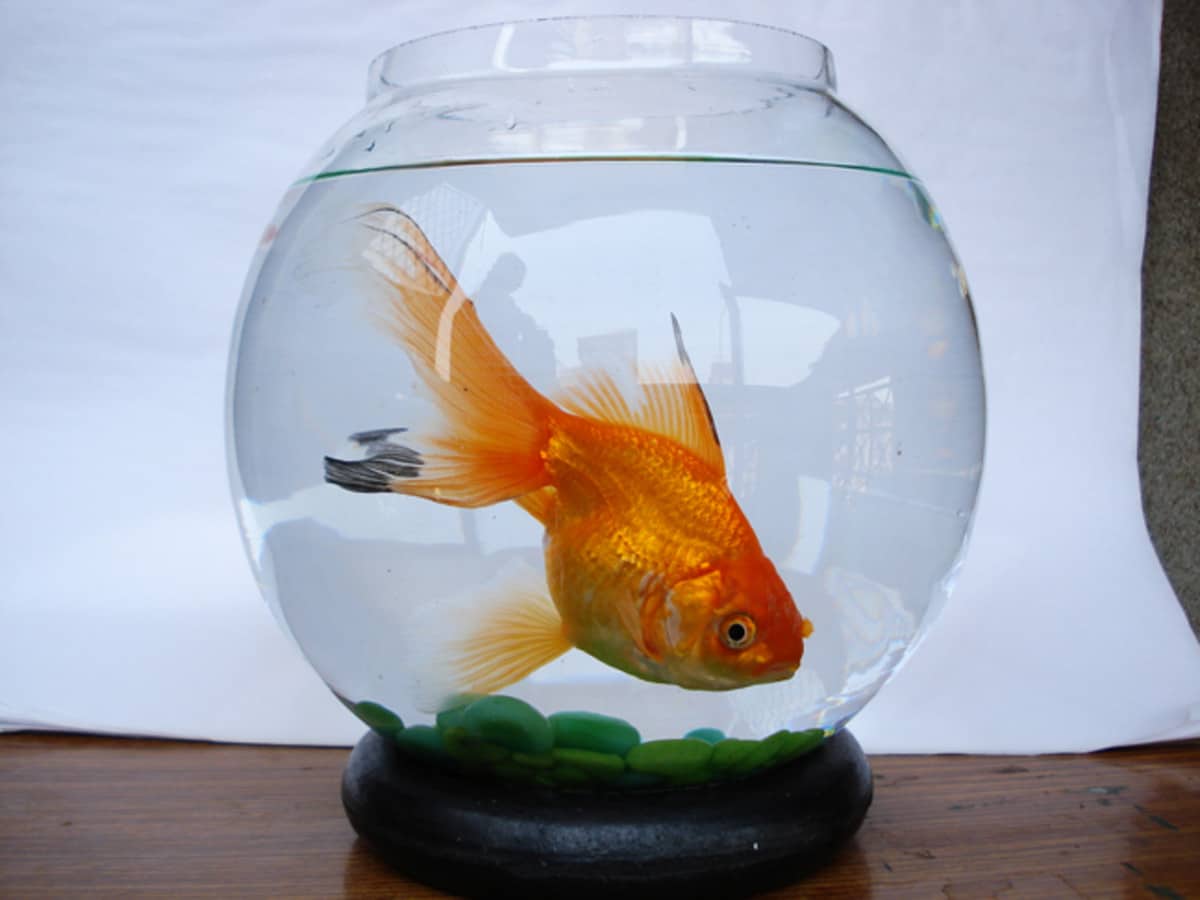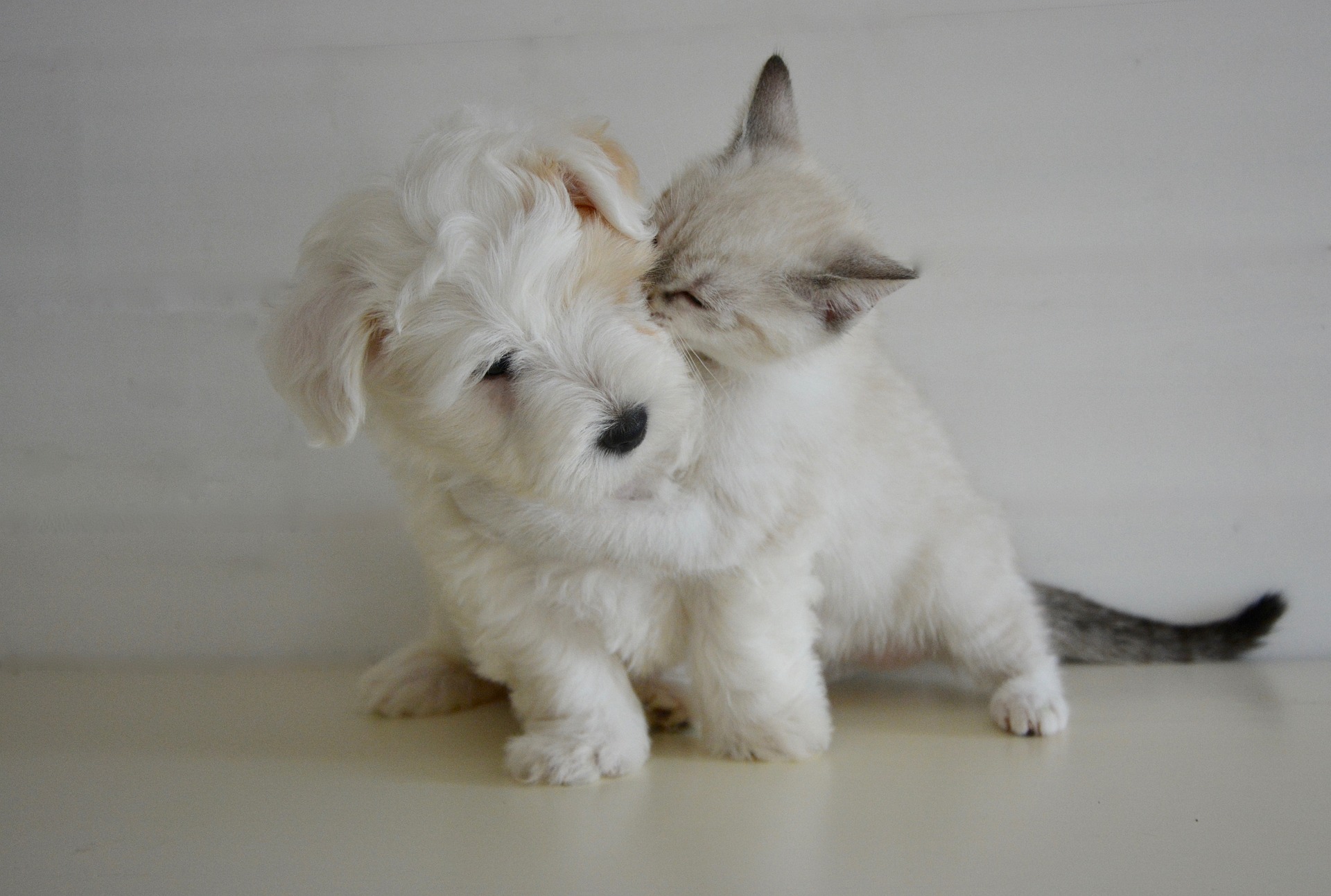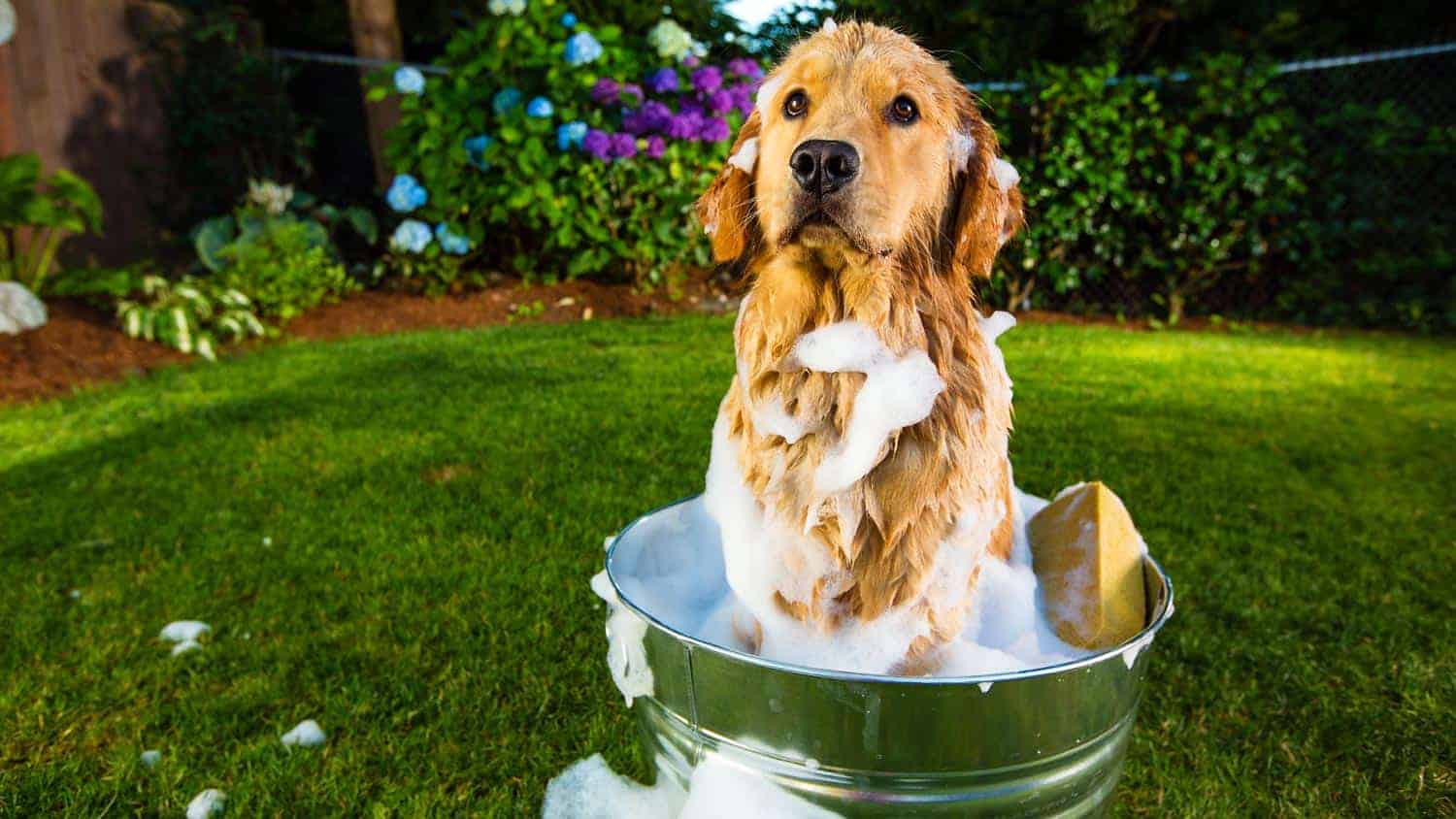As an aquarium owner, you already know that it is important to keep it clean at all times.
It is even more important to keep a fish bowl clean because these small containers do not come with filters and the small volume of water fish bowls contain only means more concentration of contamination.
While you may find it easy to clean your acquiring aquarium every two weeks, small fish tanks should be cleaned every week if you want your fish to be healthy and alive.
To clean your small fish tank you’ll need some supplies. Let’s list out those items you need.
- Bucket
- Clean two-cup container
- Hand towel
- Strainer
- Small fish net
- Water conditioner product
- Small brush
- Paper towel
Prepare the new water
when you have a large fish tank you can easily decide to replace with a portion of the old water with every cleaning you do. But when it comes to a small fish bowl, you have to change the entire water content.
You want to avoid giving your fish a major shock, thus what you have to do is to treat the water you will be using and make sure you treat the water so that ph levels and temperature can be equalised.
No matter the source of water you decide to use for your fish tank, make sure it is treated to eliminate traces of chlorine, heavy metal, chloramine, and any other potentially harmful substance. It is also very vital that you maintain a stable water temperature to avoid stressing your fish with a sudden temperature change.
Also remember that tap water contains dissolved gases which will dissipate after a short time and change the pH of the water in your fish tank. And, that will turn out to be a stress factor for your pet.
All of the issues we have mentioned here can be avoided if you decide to treat and age the water you will put in your fish tank overnight, before finally filling the tank with it.
The process of aging the water you would fill your fish tank with is not such a difficult one. In fact, even your 9-year-old child can do it on his or her own and they own the fish bowl.
The process of aging the water
- Get a clean bucket and fill it with water from the tap. In fact, it is best if you get a specific bucket for fish water only so that it never comes in contact with any soap or retains soap residue.
- Once you have filled the bucket with water, you can now add a water conditioning product. Ensure to use a product that has been advertised to neutralize chloramine instantly, remove chlorine, and also detoxify heavy metals.
- Allow the water to sit till the following day before filling your fish tank with it. If you have children or a pet in your house, keep the water far from them. Hide it in a closet possibly, so that it can sit undisturbed till it’s ready for use.
By the next day when the water has aged enough, you can proceed to cleaning the small fish bowl or tank.
Removing the fish from the bowl
Once you are set to clean the fish bowl you would need to temporarily move your fish from the bowl into a smaller container. Make sure that you put some of the water from the fish bowl into the container you’ll be putting the fish.
Using part of the old water would prevent shock that may stress your fish. To safely transfer your fish into its temporary home follow the steps below;
- Get a clean bowl that has never come in contact with soap and fill it with some of the old water that was in your fish tank.
- once you have filled the temporary container with water from the fish bowl, using a fish net, transfer your fish or fishes into the temporary fish bowl.
- Even if your face is one that normally wouldn’t jump when it is under stress expect it to act differently you can decide to reduce the light so that the stress will be reduced on the fish you can reduce the light by placing a hand towel over the container this will also help to keep the fish from jumping.
Cleaning the fish bowl
Quickly proceed to cleaning your fish bowl because you must minimise how much time your fish spends in its temporary abode.
- Take all the decorations out of the fish bowl and place them on a clean paper towel or any other clean surface.
- Get a clean strainer and place it on the sink. When that is done, gently pour out the water in the bowl using the strainer. The purpose of this is to catch all the gravel as you drain out the water.
- Set the fish bowl aside then hit some water and rinse the gravel in the hot water shake the gravel several times so that you can eliminate all forms of debris.
- while the fish bowl is still damp take some paper towels and scrub the inside of the bowl with them ensure that you do not use any soap for scrubbing as this will be detrimental to your fish.
- if you notice that there are stubborn stains that you would like to take out from the fish bowl make use of a brush to scrub it off you can use a new toothbrush the brush you use for the scrubbing can also be used to clean out all the decorations.
- raise your fish bowl and decorations with warm water several times.
Now that you are done with cleaning the fish bowl, it is time to reassemble everything.
Reassembling the fish bowl
So we have the newly aged water, a clean fish bowl, and our fish in a temporary abode, let’s take it from there.
- get your already cleaned gravel and arrange them properly under the fish bowl.
- you know how you love the decorations arranged so go ahead and arrange them nicely
- you can now proceed to fill the fish bowl with the already prepared aged water you can make any adjustments to the arrangement of the gravel and the decorations if you feel the need to.
- with a net get your fish from their temporary home back into the fish bowl
- finally you can clean up any water residue on sides of the tank using a paper towel.
Remember to always clean your small fish bowl as often as possible. Preferably once every week, this way your fish will remain healthy and live longer for you.
Do not make the mistake of overfeeding your fish this would make the water dirty easily another important tip is to make sure you always have aged water available just in case you need to do any emergency water change.







